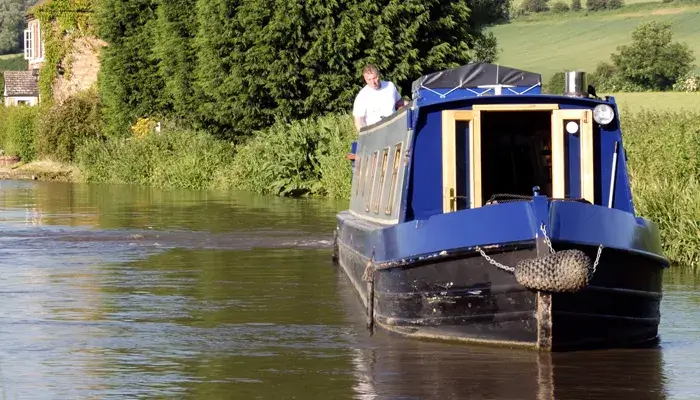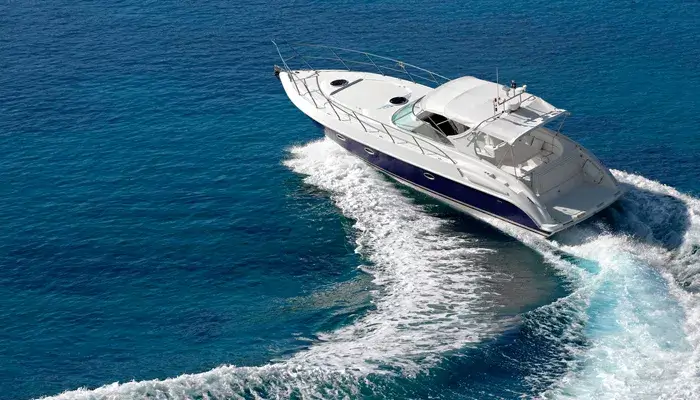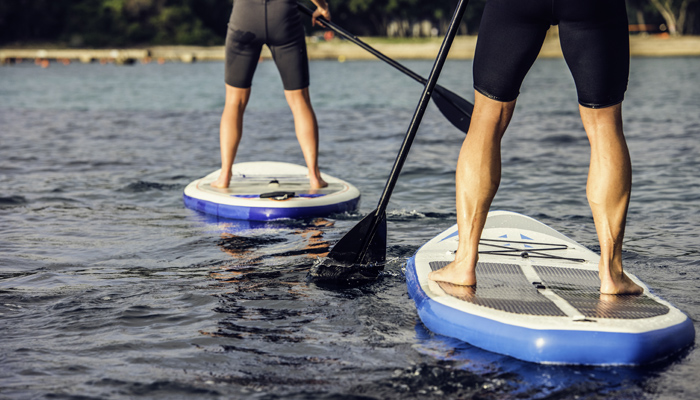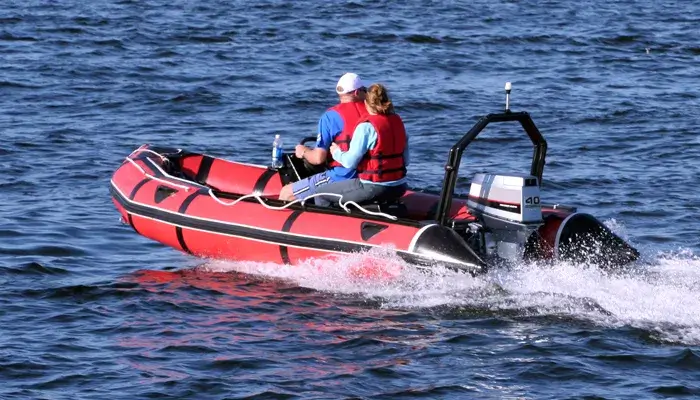The First Time Owner's Guide to Buying a Narrowboat
What is a narrowboat?
If you're buying a narrowboat for the first time, then you may be unsure of what to look out for. Fortunately, our guide has all of the information you need to make a successful purchase, as well as invaluable advice for essential maintenance and security.
Officially, a narrowboat has a beam (width) of between 6ft 10in and 7ft. A barge can be around twice the width – normally around 14.5 ft. In between, you’re looking at a range of vessels called ‘wide beam’ canal boats.
Narrowboats are the most commonly seen from the towpath, and are the boats most often used for living in. The maximum length for a narrowboat is about 70ft, as the longest locks in the UK are only 71ft 6 in long. If it’s for leisure, a boat measuring 30-40ft will be more than ample, and 50ft is a good figure if you’re buying a narrowboat to live on.
What is a narrowboat?
Officially, a narrowboat has a beam (width) of between 6ft 10in and 7ft. A barge can be around twice the width – normally around 14.5 ft. In between, you’re looking at a range of vessels called ‘wide beam’ canal boats.
Narrowboats are the most commonly seen from the towpath, and are the boats most often used for living in. The maximum length for a narrowboat is about 70ft, as the longest locks in the UK are only 71ft 6 in long. If it’s for leisure, a boat measuring 30-40ft will be more than ample, and 50ft is a good figure if you’re buying a narrowboat to live on.
How to buy a narrowboat
Choosing the best vessel for your life on the water isn’t so cut and dry. Make sure you take into consideration mooring and licence fees, as they can stack up against your boat’s initial cost.
Before buying a narrowboat, it's worth asking yourself the following questions:
- How much space do you need?
- Will you live there full-time?
- Are you after a restoration project, or something pristine and top-of-the-range?
Buying a narrowboat checklist
- General maintenance: Check to see if the boat has been well looked-after. Look at the paintwork, varnishing and on-board equipment for signs of wear and tear. Are the fridge, cooker, heating system and shower in good working order? Are there central, fore and aft ropes for easy mooring and a windlass (lock key) and mooring pins?
- Hull condition: Check the hull meets the traditional 10/6/4mm plating or steel thickness specification. The steel thickness on the hull base should be 10mm, 6mm at the sides and 4mm on the roof. When was the boat last 'blacked' (in dry dock, pressure washed and hull protected with two coats of bitumen)? This should usually be done every 2-3 years to protect the hull from rusting.
- Engine and gearbox: Check the condition of the engine and gearbox. Are there any leaks from the stern gear? If there are, it may need repacking or adjusting. Water-cooled diesel engines are used on newer boats; older craft have noisier air-cooled engines or vintage models.
- Batteries: Three leisure batteries coupled with one starter battery is standard in narrowboats. Look for a battery management system; this creates greater efficiency as it regulates the flow of current into the batteries. Check the boat has an inverter to convert 12-volt battery power to 240 volts. Without it, you'll be unable to run electrical equipment unless you plug into a marina's power supply.
- Survey: Have the narrowboat surveyed by a qualified marine surveyor who will advise of any faults on the hull and with the boat's internal systems.
The costs of living on a narrowboat
Besides the actual boat itself, you’ll encounter several additional costs, depending on how you use your boat:
- Canal and River Trust licences: Costs depend on your boat’s size, but as an idea, a 40ft vessel is just over £700 per year.
- Boat Safety Scheme: This is like an MOT for your boat and costs approximately £87.50 per year.
- Council tax: If your boat is moored permanently, it will typically be in the lowest tax band. However, if you’re happy to move every two weeks as a ‘continuous cruiser,’ you won’t have to pay this.
- Mooring fees: Fees vary dramatically depending on where you live, from as little as £3,000 a year in some regions to as high as £18,000 in London.
- Fuel and heating: Costs depend on how much you intend to travel and how much you feel the cold.
- Insurance: Policy prices will vary depending on the kind of cover you need.
We conducted some research into the cost of living in a narrowboat in London versus renting a flat. Find out what we discovered in our article, Living in London: Cost of Living on a Narrowboat Versus in a Flat.
Canal boat maintenance
Maintaining your narrowboat will ensure it has a long and happy life. Some checks should be carried out daily, others over the course of the seasons:
- Every day: Check your oil level, engine coolant level and bilge level.
- Every month: Check your engines and drive belts, see if there are any exhaust leaks, check your gas flame is blue, and inspect your mooring ropes for chafing.
- Beginning of the season: Check your engine’s alignment, see if you need new fan belts, renew your fuel filters, clean out air filters and change the oil in your gearbox.
- End of season: Monitor antifreeze levels in your pipes, ensure the heater is performant.
Narrowboat security
Here’s what you’ll need to do to keep your narrowboat secure:
- Moorings: If you can find a gated marina, you might need to do little more than lock your doors. But if you’re living along the canal, you will have to take more precautions.
- Contents: Keep valuables out of sight of the windows, and secure anchors, ropes and gas bottles.
- Doors and windows: These can be reinforced with additional locks, clasps and bars.
- Boat alarm systems: Ranging from the most basic motion sensors to CCTV.
- Locking fuel cap: Fuel is expensive and easy to steal, so fit a lockable filler cap.
At Towergate, we help boat owners live with the peace of mind that their investment is secure. Contact our boat insurance experts to find out more about our narrowboat insurance.
About the author
Adam Summersby is a respected leader with 11 years’ varied experience in niche personal and commercial lines insurance, including caravan, site operators and excess reimbursement, with proficiency in leadership, sales and account management.
Date: March 18, 2024
Category: Boat














